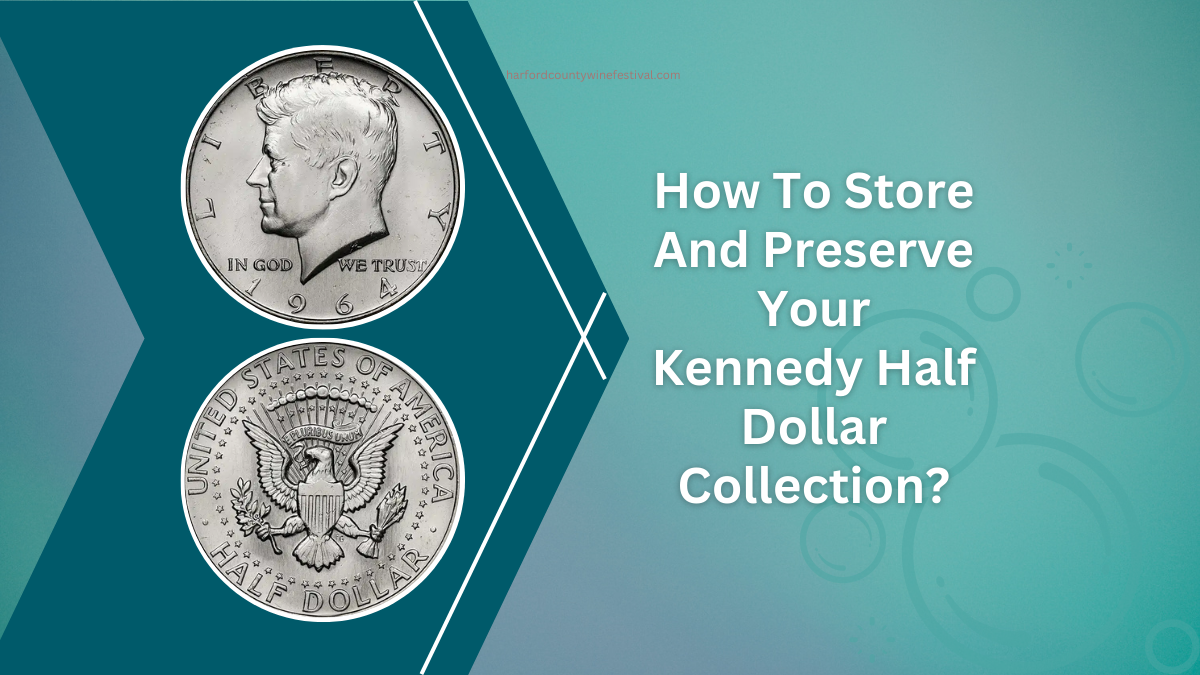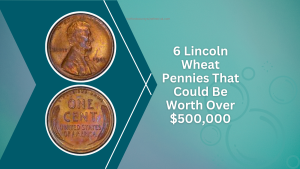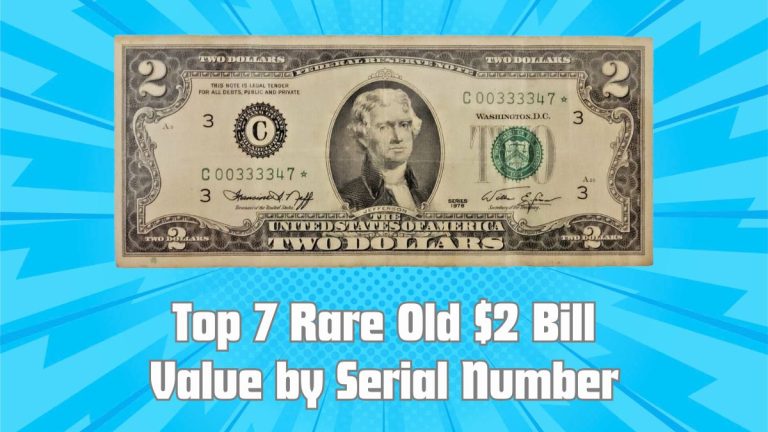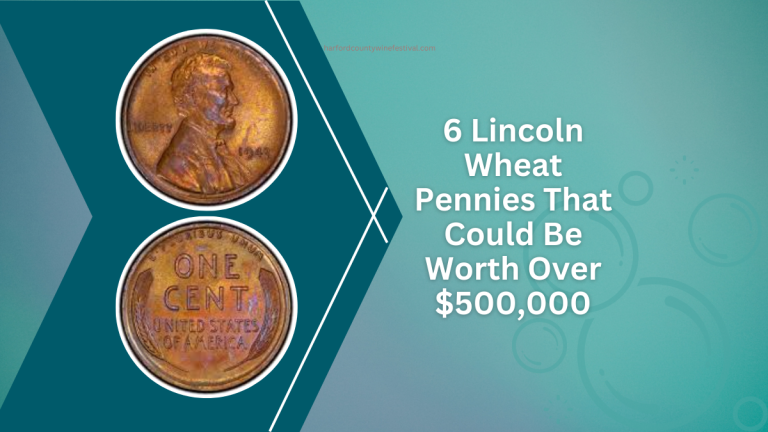The Kennedy Half Dollar, introduced in 1964, holds significant historical and numismatic value. Proper storage and preservation are essential to maintain the condition and worth of your collection.
This guide provides detailed steps to ensure your Kennedy Half Dollars remain pristine.
Understanding the Importance of Proper Storage
Coins are susceptible to environmental factors such as humidity, temperature fluctuations, and contaminants, leading to tarnish, corrosion, and physical damage.
Implementing appropriate storage methods safeguards your collection against these risks.
Optimal Storage Environment
- Climate Control: Store coins in a cool, dry environment with stable temperatures to prevent moisture-induced corrosion. Avoid areas prone to temperature fluctuations, such as basements or attics.
- Humidity Levels: Maintain low humidity to prevent oxidation. Utilize desiccants like silica gel packs in storage areas to absorb excess moisture.
- Light Exposure: Protect coins from direct sunlight, as ultraviolet (UV) rays can cause discoloration and degradation over time. Store coins in dark places or use UV-protective cases for display.
Handling Practices
- Gloves: Always wear soft cotton or nitrile gloves when handling coins to prevent oils and dirt from transferring to the coin’s surface. Hold coins by their edges to minimize contact.
- Avoid Cleaning: Refrain from cleaning coins, as improper cleaning can reduce their value. If necessary, consult a professional conservator for guidance.
Recommended Storage Solutions
Selecting appropriate storage materials is crucial for preserving your coins. Below is a comparison of common storage options:
| Storage Solution | Description | Pros | Cons |
|---|---|---|---|
| Coin Flips | Clear plastic or Mylar holders with two pockets: one for the coin and one for labeling. | Inexpensive, allows viewing both sides without handling. | Ensure they are PVC-free to avoid chemical damage. |
| 2×2 Holders | Cardboard holders with a Mylar window; coins are placed inside and the holder is stapled shut. | Cost-effective, easy labeling, good protection against handling. | Staples can scratch coins if not handled carefully; removing coins can be cumbersome. |
| Coin Capsules | Hard plastic capsules that encase the coin completely. | Excellent protection against physical damage, dust, and moisture; ideal for high-value coins. | More expensive; can be bulky for large collections. |
| Coin Albums | Albums with pages containing slots or pockets for individual coins, often with labeling space. | Organized and attractive display; protects from handling and environmental factors. | Ensure materials are archival-safe to avoid chemical reactions with coins. |
| Coin Boxes | Stackable boxes with individual compartments, often lined with soft material like felt. | Secure storage; ideal for organizing larger collections. | Requires more space; can be more expensive. |
Additional Tips
- Avoid PVC Materials: Use acid-free cardboard and plastic holders free from polyvinyl chloride (PVC), as PVC can degrade and damage coins over time
- Documentation: Retain any certificates of authenticity and information cards that accompany your coins. Proper documentation adds value and provenance to your collection.
- Security Measures: Store valuable collections in a safe-deposit box at a bank or a secure home safe. Ensure your home insurance policy covers the full replacement cost of your collection.
Conclusion
Proper storage and handling of your Kennedy Half Dollar collection are vital to preserving its condition and value.
By maintaining a controlled environment, using appropriate storage solutions, and handling coins with care, you can ensure your collection remains a cherished asset for years to come.
FAQs
Why should I avoid cleaning my coins?
Cleaning coins can cause scratches and remove the natural patina, reducing their value. It’s best to consult a professional before attempting any cleaning.
What materials should I avoid when storing coins?
Avoid storage materials containing PVC or acids, as they can degrade and damage coins over time. Opt for acid-free and PVC-free holders and albums.
How often should I inspect my coin collection?
Regularly inspect your collection for signs of corrosion or damage, ideally every few months, to address any issues promptly and maintain optimal storage conditions.







